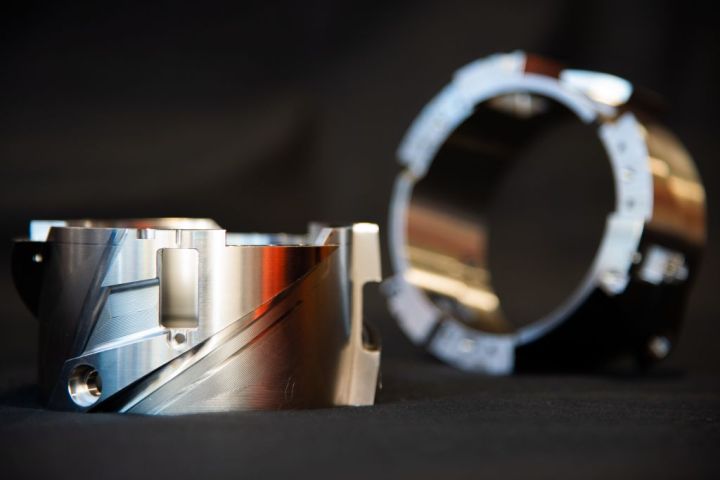
Scientists will use an ultra-advanced drill to dig 3 kilometers (1.86 miles) deep into Antarctica’s ice, with the goal of learning more about the Earth’s past and where our climate could be going in the future.
The Australian Antarctic Division (AAD) unveiled the new drill on Monday. Made of titanium, stainless steel, and aluminium bronze, the 9-meter-long (30-foot-long) drill can survive temperatures of up to -55 degrees Celsius (-67 degrees Fahrenheit). The project will begin in 2021, and it will take about four years to drill the full depth.
“There’s a sharp cutting tip at the end that works a bit like a hole saw and that cuts a plug out of the ice,” said project manager Matt Filipowski. “Then the drill chamber actually holds that section of ice, and then we winch the drill all the way to the top, to the surface, and we take that long cylindrical core out and then start the process all over again.”
The drill will be able to extract about three meters (10 feet) of ice at a time, all to help scientists better understand climate change. It’s no small feat: The drill requires a 500-ton mobile base that will take staff and equipment to a location about 1,200 km (750 miles) from Antarctica’s coast.
“What we’re embarking on over the next few years is to solve one of the last great problems in climate science,” glaciologist Tas van Ommen told the Australian Associated Press.

Essentially, scientists are looking for tiny air bubbles trapped in the ice that will give them a sense of how the climate has changed over the past million or so years. Each air pocket is essentially a time capsule of what the planet was like in the past. If they can chart that change, they can hopefully develop a firmer understanding of how the climate is changing today.
“We want to get that ice, analyze those time capsules ,and understand what [carbon dioxide] did in that period around 1 million years ago when the climate was changing,” van Ommen told the Australian Associated Press.
Something happened about a million years ago that essentially changed the way that ice ages work — the planet moved from having an ice age every 40,000 years to having one every 100,000 years. If scientists can find what marked that change, they might be able to determine what caused it and if we’re undergoing a similar one.
Hundreds of thousands of people around the world marched in a series of climate strikes on Friday. There’s a serious push to stop (or slow) climate change before it’s too late. This kind of Antarctic research might be the key to determining exactly how to do that.
Editors' Recommendations
- 3D scanning sheds light on newly discovered 2-million-year-old fossilized skull
- OkCupid adds climate change questions to help you filter out deniers, activists
- Here’s an A.I. preview of what climate change will do to your neighborhood
- Video game companies pledge to fight climate change at the UN. Is it enough?
- Why are people striking because of climate change? Here’s a summary




